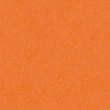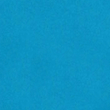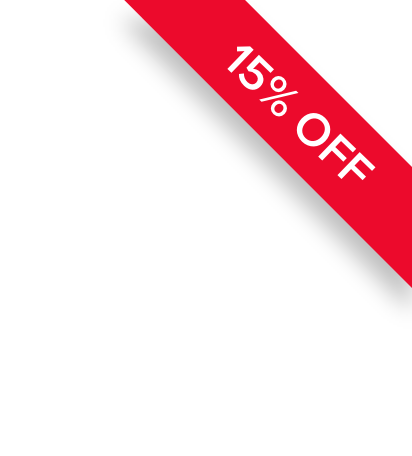Free ground shipping, excluding Alaska, Hawaii, and Canada
Foil Paper
Foil paper is a stunning option that adds a touch of sophistication and flair to any project. Known for its reflective, metallic surface, foil paper is available in a variety of colors, including gold and silver. It's ideal for crafting elegant invitations, dazzling greeting cards, or eye-catching business materials that stand out from the crowd. The shimmering effect of foil paper not only enhances the visual appeal but also creates a memorable impression, making it a favorite choice for both personal and professional uses. Whether designing festive holiday decor or adding a luxurious touch to branding materials, foil paper offers a unique and attractive solution. Explore this radiant selection to find the foil paper that resonates with your creative vision and needs.
All You Need to Know About Foil Paper Choices
When it comes to selecting the best Foil Paper for your project, a variety of factors need to be considered. With a plethora of options available, one might find it a bit overwhelming to decide on the right one. Foil Paper distinguishes itself by adding a unique luster and elegance to your work. It is not just for wrapping gifts or decorating, but is often used in art projects, craft, and even in printing processes. Moreover, Foil Paper comes in various colors and types which gives you a wider range to choose from based on your specific needs. By understanding the different characteristics of Foil Paper, it becomes easier to select the one that best suits your requirement.
Understanding the Different Types of Foil Paper
Primarily, there are three types of Foil Paper - Aluminum Foil, Metallic Foil, and Holographic Foil. Each type has unique properties and uses. Aluminum Foil, commonly found in every kitchen, is resistant to heat and moisture, making it ideal for baking and grilling. Metallic Foil provides a shimmery metallic finish and is great for wrapping gifts and decorating. Holographic Foil, with its iridescent finish, is perfect for creating eye-catching craft pieces. All three types come in a variety of colors and thicknesses thus broadening your options. Understanding the difference between these foils helps you not only in making informed choices but also in achieving the desired outcome for your project.
The Advantages of Using Foil Paper
There are several benefits to using Foil Paper. First, because of its versatile nature, Foil Paper can be utilized in a wide range of projects—ranging from common kitchen uses like baking and wrapping to creative arts and crafts and even professional printing processes. Foil Paper has the ability to upgrade even the simplest items and give them a chic, professional look. Also, with the variety in types and colors, you have an array of options to choose from to perfectly match your project or design concepts. Furthermore, foil paper is known to be durable, resistant to heat and moisture, which adds to its overall functionality. The environmental benefits cannot be overlooked either, with Aluminum Foil being recyclable, it contributes to more sustainable practices.
Practical Use Cases of Foil Paper
Foil Paper finds its application in various fields due to its versatility and distinctive features. In the culinary world, Aluminum Foil is widely used in baking, grilling and packaging of foods, helping to retain heat and block out moisture. Metallic Foil, on the other hand, is a preferred choice in the event planning industry due to its shiny appeal, often used in creating attractive gift wraps, table decors, and banner letters. Holographic Foil comes in handy in the field of arts and crafts, helping crafters bring their vibrant, reflective designs to life. Additionally, Foil Paper is a favorite in the printing industry, often used in a process called foil stamping to create shiny designs and graphics on paper, cardboard, and other materials. The broad spectrum of uses showcases the importance and utility of Foil Paper in different sectors.
Exploring Alternatives to Foil Paper
While Foil Paper is a popular choice for many projects due to its advantages and broad range of uses, there are some alternatives worth considering depending on your specific needs. For instance, Parchment Paper is a viable option for baking, due to its non-stick nature and heat resistance properties. Wrapping Paper or Tissue Paper can be used in place of Metallic Foil for gift wrapping, offering a matte finish and softer texture. For crafting, Glitter Paper or Vinyl Sheets could be used as they also add shine, though they do not reflect light as intensely as Holographic Foil. For printing processes, metallic inks can often serve the purpose of adding a shiny finish. While these alternatives may not always provide the same effects as Foil Paper, they can serve as cost-effective or readily-available options subject to your project requirements.
Exploring Alternatives to Foil Paper
While Foil Paper proves to be highly useful and versatile, there could be situations or requirements where an alternative might be more suitable. Wax paper, for instance, can be used as a substitute for Aluminum Foil in baking, especially when not requiring heat resistance. For crafting purposes, other materials like glitter paper or vellum paper may be chosen for a different texture or effect. Similarly, in printing, traditional methods like embossing or silkscreen printing can be considered as an alternative to foil stamping. The choice largely depends on your specific requirements, budget, and personal preference. Understanding the pros and cons of each option along with Foil Paper will guide you in opting for the best solution for your project.


















